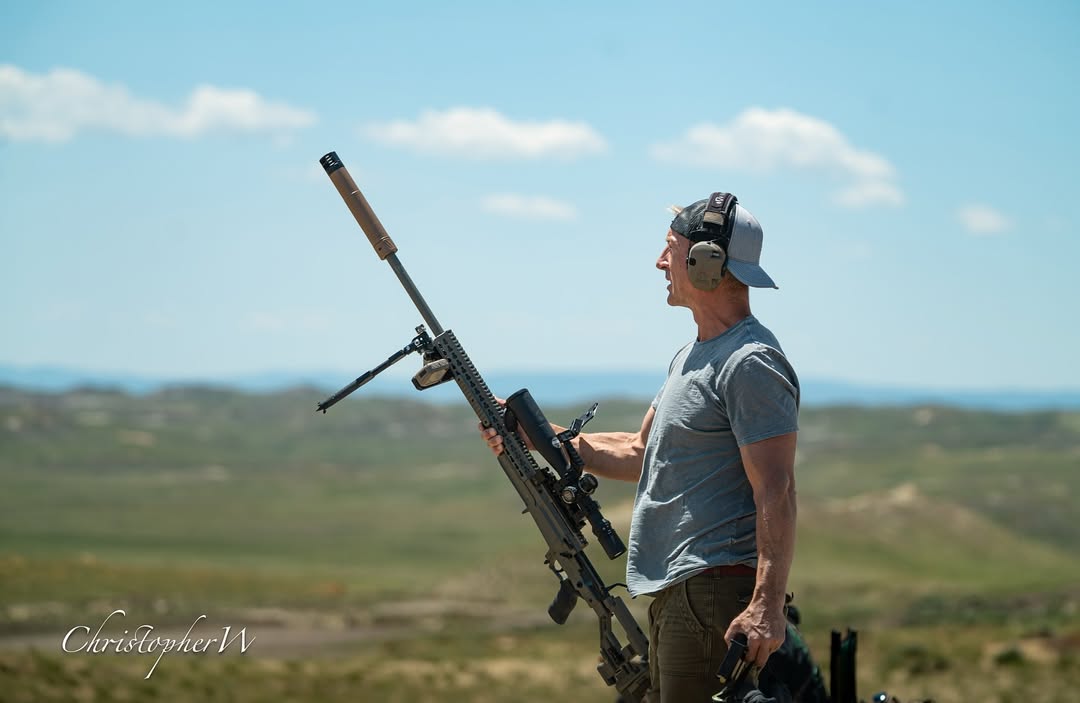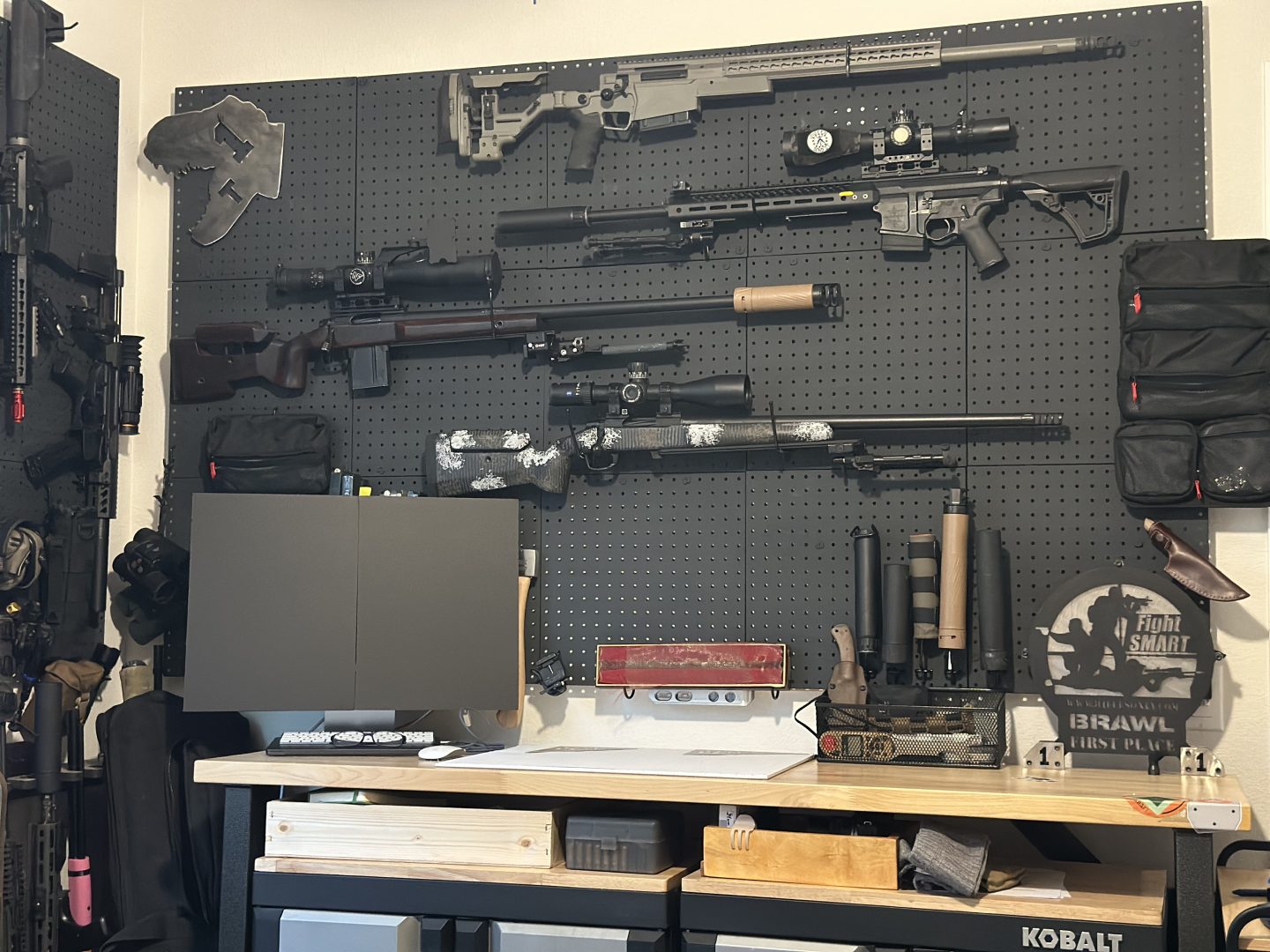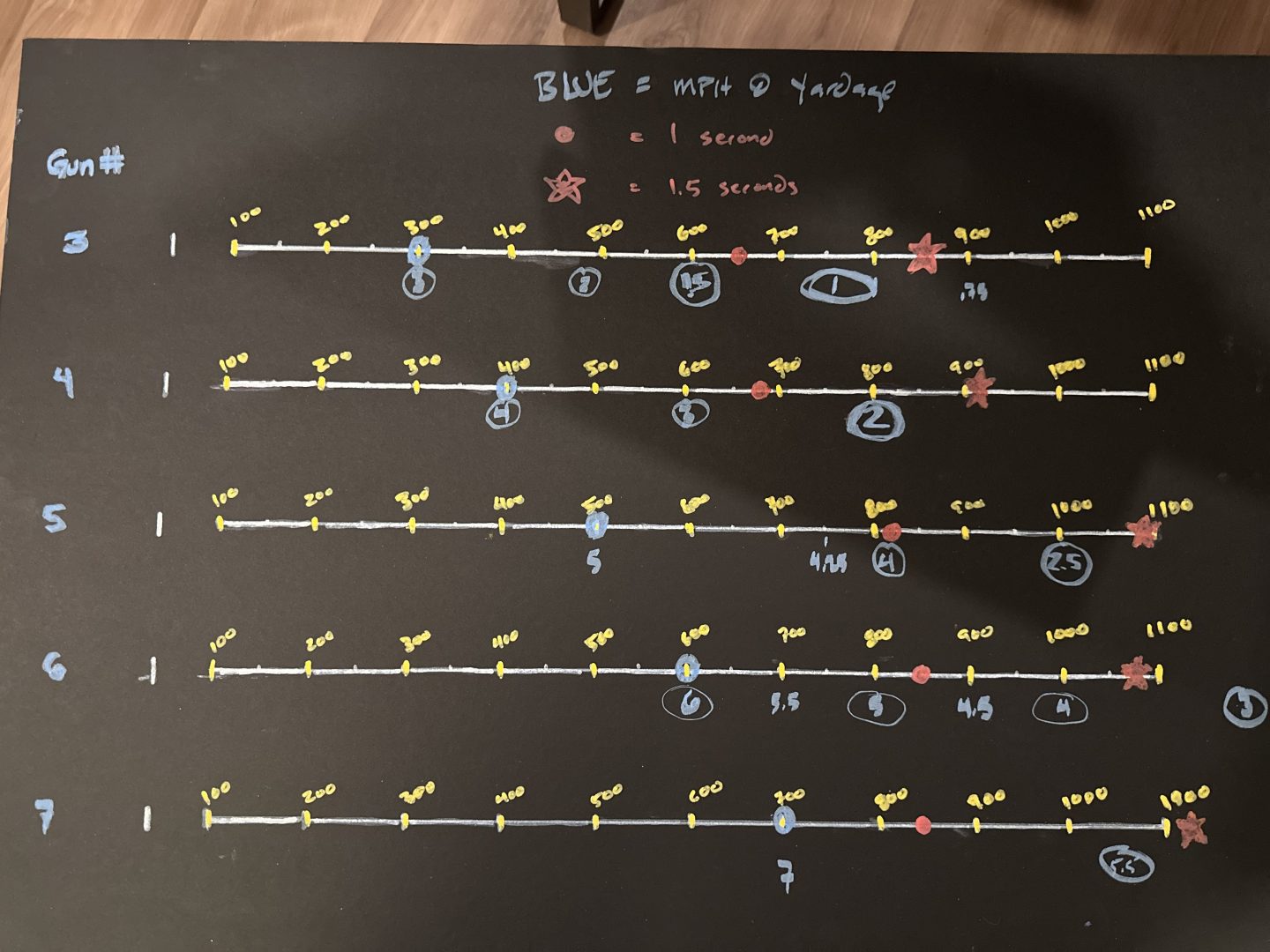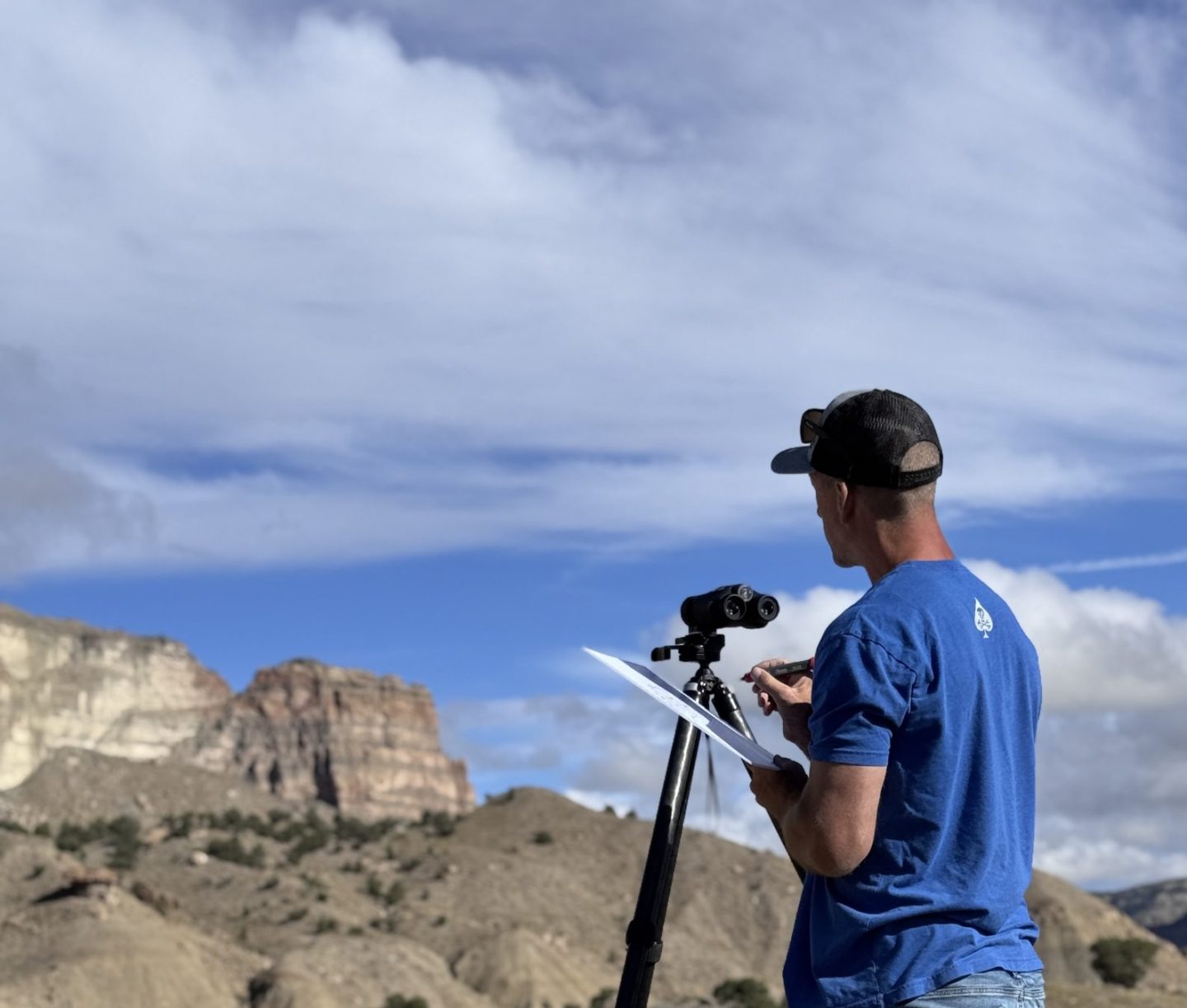Common Mistakes Before You Pull the Trigger

Look, we’ve all been there. You’re 800 yards out, wind’s whispering lies, and you’re lined up perfectly. You press the trigger, and the round lands in the dirt because you forgot to dial your elevation. I’ve literally done this myself in the last month, so I can tell you that it happens to newbies and seasoned shooters alike, and let me be the first to admit that it stings every time. As the guy behind RifleKraft, I’ve spent years dissecting why good shooters miss—whether it’s the shooters relationship to the rifle, tech failing, gear acting up, or just a brain fart at the worst moment. This article breaks down the biggest pitfalls ive had or seen in shooting performance, from gear glitches to mental screw-ups, and gives you the tools to fix them. Here are your tips for success from the mistakes of others.
Tech will Betray you
Rangefinding binos, Kestrels, Bluetooth doodads—they’re supposed to make you a one shot wonder, but they can screw you faster than a bad trigger. I’ve seen guys misrange a target by 150 yards because their binos were off line, or their Kestrel was on live environmentals and left on the ground only to think its 100 degrees warmer and send the shot so high no one saw a sign. Tech is great until it isn’t, and you’re left guessing.

- Rangefinders: Can misread distances, can stop syncing and lock onto past data that appears to be from your current situation. Other things ive seen are failing after having lenses scratched, covered with dirt, and dying batteries can throw your range way off.
- Kestrels: Bad weather data from leaving on live, dying battery causes errors in calculations, or a glitchy unit can mess with your ballistic calc.
- Bluetooth Devices: Connectivity can drop and still look like its working, or low juice can leave you stranded.
Fix It:
- Test your gear the night before. Check batteries, calibrate rangefinders, and sync your apps. Have a system to check that all is working each stage despite the hassle im sure everyone whose lost points from this error would say its worth the points lost in time invested.
- Carry a backup: gravity ballistics app, a manual range card or a cheap anemometer can save your bacon.
Gear can Fight Back
Your rifle setup is your lifeline, but how its put together also opens a door for problems if you neglect those elements. For example if your torque’s off, zero’s drifting, or parallax is wonky, you’re fighting your own gear. I’ve watched shooters chase ghosts because their scope wasn’t dialed in or their tripod wobbled like a drunk. Rails, attachments, and even barrels can be loose.
- Torque: Loose screws on your scope mount? Kiss consistency goodbye.
- Zeroes: A shifting zero can make you miss by a mile.
- Parallax: If it’s not adjusted, your reticle’s dancing around the target.
- Ammo/Tripod/Bags: Crappy ammo SD, shaky tripods, or worn-out bags ruin stability.
- Action screws, rail screws, barrel and brake torque can all loosen in the right conditions so have a system of regular checkups on these or risk finding out the hard way.
Fix It:
- Torque your setup with a proper wrench—check it monthly.
- Confirm your zero before every match, and recheck after travel.
- Dial parallax for every shot distance; it’s not set-and-forget.
- Test your ammo for consistency and invest in a solid tripod and bags.
Ballistics can Bite
Ammo and environment don’t care about your ego. If your rounds have a high standard deviation (SD) your groups are going to look like a shotgun blast at distances past .9 seconds time of flight. Temperature swings mess with velocity too—one day it’s 70°F, the next it’s 20°F, and your dope’s off by half a mil. Don’t refer to charts, go out in those conditions and validate speeds and dope accordingly.

- Ammo SD: Inconsistent velocity kills precision at long range.
- Temperature: Cold or hot days change how your rounds fly and also the torques in your equipment; together they are a marvelous cocktail of missing points.
Fix It:
- Test your ammo with a chronograph. Ditch lots with SD over 15 fps for long range use. Chronograph loads and lots across a variety of temperature conditions to make sure the temp you are going to be in has data you’ve collected not extracted from the peanut gallery.
- Log velocity changes at different temps (e.g., 50°F vs. 90°F) and adjust your ballistic app and or hard data cards.
Mental Mistakes will Haunt You
The worst misses come from your head, not your rifle. Forgetting to dial, mixing up your sequence, or dialing the wrong elevation can tank a stage. I’ve seen shooters forget a turret revolution or leave their mag half-empty, then stare at the target like it betrayed them. And don’t get me started on timing out because you’re overthinking how important the few points lost might be and end up losing all the points.

- Forgetting to Dial: No elevation or windage tweak, no hit.
- Wrong Sequence: Logging shots out of order screws your data.
- Wrong Elevation: Dialing 2.5 instead of 3.5 mils is a miss.
- Turret Revolution: Forgetting you’re on the second turn is a disaster.
- Empty Mag: Nothing’s worse than clicking on an empty chamber.
- Timing Out: Overthinking or looking too long costs you shots.
- Unit Mismatch: You’re on MOA, your partner’s on MIL—good luck.
Fix It:
- Use a shot checklist: “Range, dope, dial, load, shoot.” Tape it to your stock if you have to.
- Double-check your turret and mag before each stage.
- Confirm units with your spotter before you start. MIL is king—stick with it. Make sure distance is in Yards or Meters but mixing them will sound close enough to not question until you miss..
Weather and Light That Trick You
Mother Nature’s a brutal coach. Wind can push your bullet a foot off course, temperature messes with velocity, and glare or shadows make your target a ghost. I’ve seen shooters misjudge a 10 mph crosswind and miss by a plate.
- Wind: Misreading speed or direction kills your shot.
- Temperature: Affects powder burn, velocity and DA
- Lighting: Glare or low light messes with your aim.
Fix It:
- Practice reading wind —don’t just trust your Kestrel.
- Adjust dope for temp swings using your ballistic log.
- Use quality optics with good light transmission for dawn or dusk shots.
You’re Your Own Worst Enemy
Fatigue, stress, or half-assed prep can make you miss before you even shoulder the rifle. I’ve watched shooters fumble under match pressure or show up without practicing their dope. No amount of gear fixes a tired brain.
- Fatigue: Slows your reactions and clouds your judgment.
- Stress: Rushing leads to sloppy dials or bad calls.
- No Prep: If you don’t know your gear cold, you’re guessing.
Fix It:
- Get sleep before a match—fatigue is a killer.
- Train under pressure: set a timer for dry-fire drills.
- Know your rifle like your best friend. Practice every setup step.
- Eat and hydrate because the match isn’t the place to start a diet.
Lock It In
Every miss I’ve seen boils down to one thing: lack of prep. Tech fails, gear wobbles, ballistics shift, and your brain checks out—but you can control all of it. Build a pre-shoot checklist: test your tech, torque your gear, log your ammo, and practice your sequence. Train in wind, heat, and bad light. Stay sharp under pressure. Do that, and you’ll be pinging steel while others are cursing their misses. What’s the one mistake you’re fixing before your next range day?


